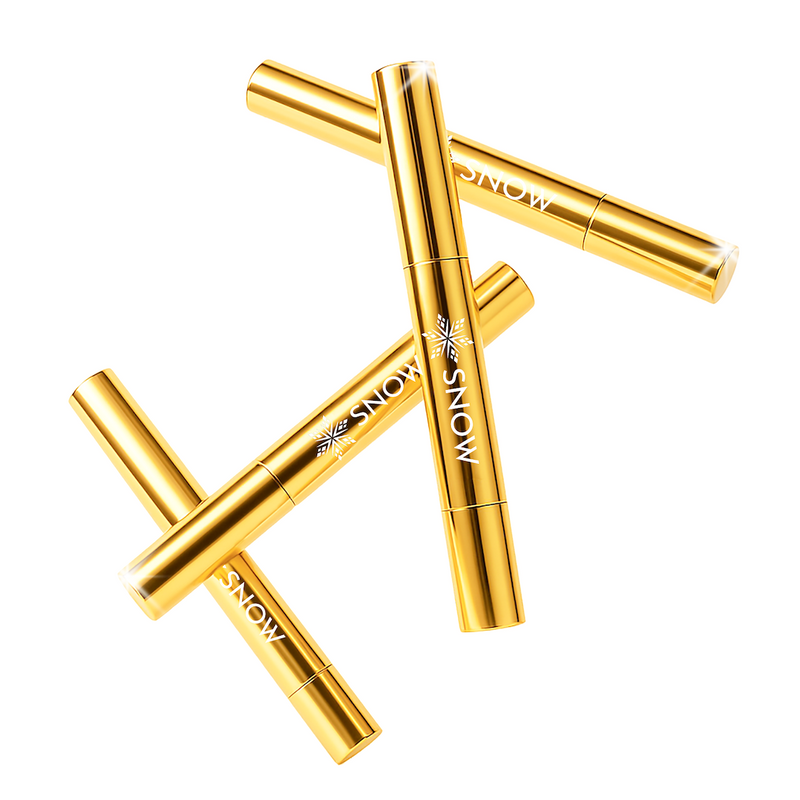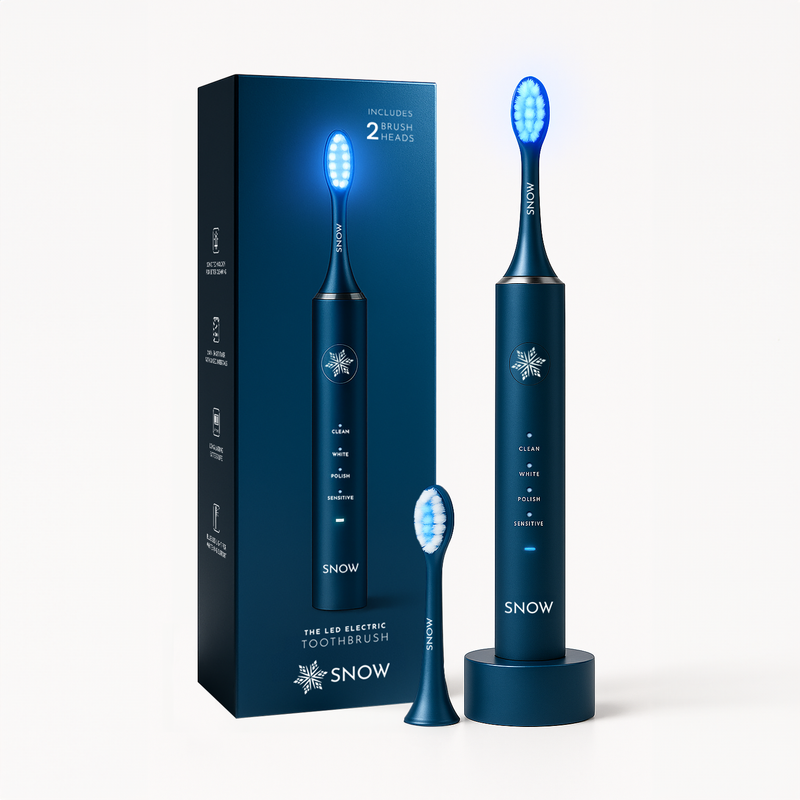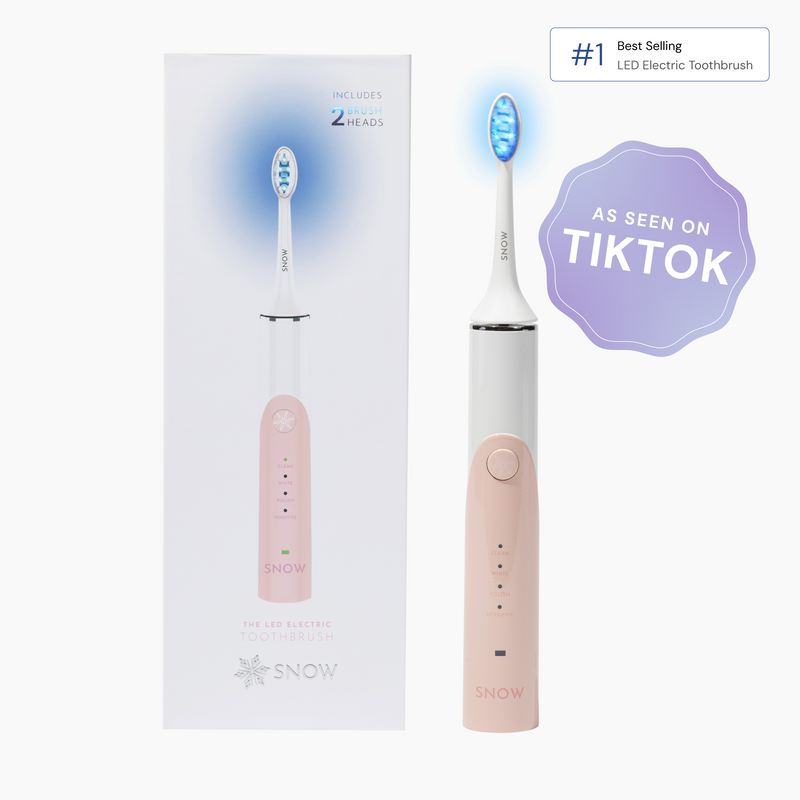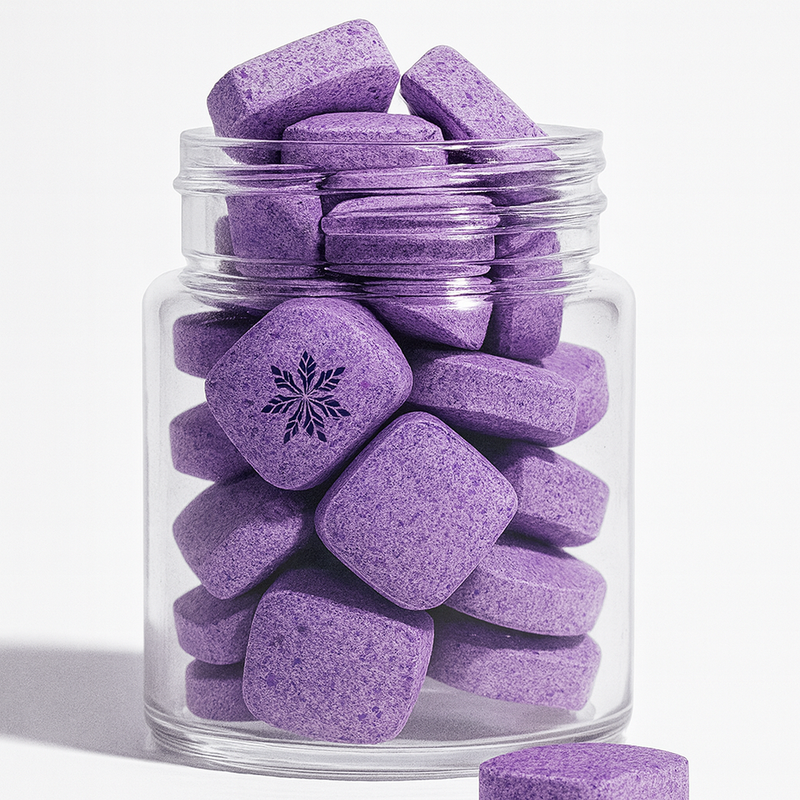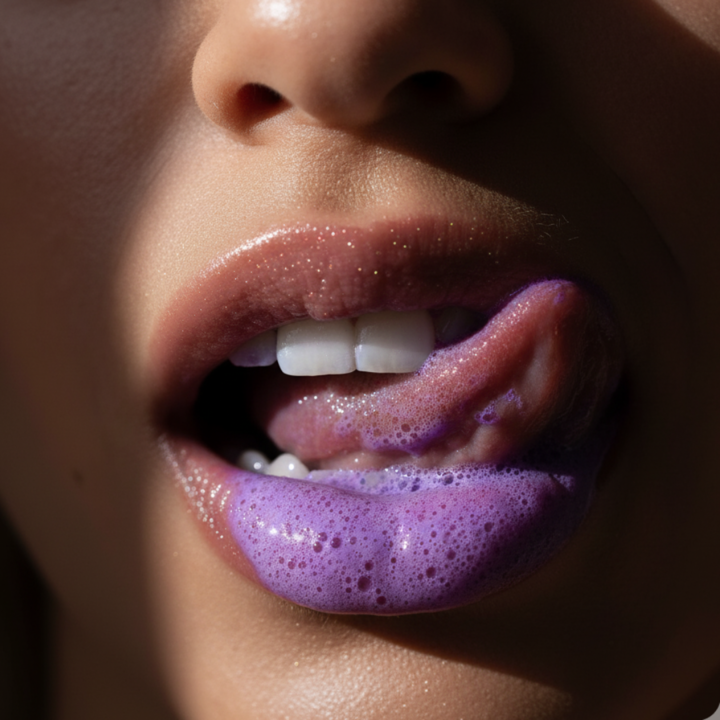Learning how to floss a bridge for the first time can feel overwhelming. Not to fret. In this article, we'll explore everything from how to floss dental bridges using special tools, brushing techniques, and selecting the right products like mouthwash and floss.
We'll also discuss the essential dos and don'ts for maintaining your dental bridge and how to choose the best floss for effective cleaning.
Now, let's dive into the best practices for keeping your dental bridge in top shape.
What this article covers:- How to Floss Dental Bridges
- What Is a Dental Bridge?
- Brushing a Dental Bridge
- Using Mouthwash with a Dental Bridge
- The Dos of Flossing Dental Bridges
- The Don'ts of Flossing Dental Bridges
- Choosing the Correct Floss for Bridges
How to Floss Dental Bridges
A common method is using a floss threader, which works by guiding floss under the bridge. Once positioned, gently move the floss back and forth, focusing on reaching the gum line.
Another option is using an interdental brush or water flosser, which can clean hard-to-reach areas without causing discomfort. Based on our observations, these tools make flossing more efficient for those who struggle with traditional flossing methods.
What Is a Dental Bridge?
Our findings show that a dental bridge is a prosthetic device used to replace one or more missing teeth by bridging the gap between adjacent teeth. The bridge consists of artificial teeth, known as pontics, held in place by crowns attached to the natural teeth on either side of the gap.
This structure provides a secure and permanent solution without needing dental implants or removable dentures. Dental bridges not only restore the appearance of a full set of teeth but also help maintain proper chewing function, speech, and alignment of surrounding teeth.
Without a bridge, adjacent teeth can shift over time, leading to bite issues and further complications.
Brushing a Dental Bridge
Brushing a dental bridge is similar to brushing your natural teeth but with a few extra considerations. It's essential to use a soft-bristled toothbrush and non-abrasive toothpaste to avoid damaging the bridge's surface.
Pay special attention to brushing around the crowns and gum line, as these areas are more prone to plaque buildup.
Brushing twice daily is key to maintaining both the bridge and surrounding teeth.
Using Mouthwash with a Dental Bridge
Incorporating mouthwash is highly recommended when you have a dental bridge. Mouthwash can help reach areas that may be difficult to clean thoroughly with brushing and flossing alone, particularly around the crowns and underneath the bridge.
Our research indicates that antibacterial mouthwashes reduce plaque and bacteria around the bridge, lowering the risk of gum disease and bad breath.
If you're struggling with how to floss back teeth, mouthwash is an effective way to reach those difficult places in urgent moments.
However, it's essential to choose an alcohol-free mouthwash, as alcohol-based products can dry out your mouth and potentially weaken the materials of your dental bridge.
Here is where our Arctic Frost teeth whitening mouthwash shines, with the dual purpose of whitening while freshening breath. It's alcohol-free and suitable for daily use, promoting a healthier, whiter smile without irritation.
The Dos of Flossing Dental Bridges
Using a water flosser can be a gentle yet powerful way to clean around and under your bridge. Water flossers are especially helpful for people with sensitive gums or those who prefer an alternative to traditional flossing methods.
The Don'ts of Flossing Dental Bridges
When flossing dental bridges, there are several things to avoid. One common mistake is using regular floss without a threader or other special tool.
Pulling the floss aggressively can also irritate sensitive gum tissue. This remains true when executing methods involved in how to floss for kids.

Another important “don't” is skipping flossing altogether. Neglecting to clean beneath the bridge allows bacteria and plaque to build up, which can lead to gum disease, infections, or even destabilization of the bridge.
Choosing the Correct Floss for Bridges
Choosing the right floss for dental bridges is essential to maintaining oral hygiene. At SNOW, we offer a range of innovative products designed to clean and brighten both your bridge and surrounding teeth.
Our Water Flosser is perfect for those looking to elevate their routine and the answer to how to floss dental implants. With three customizable modes—pulse, normal, and soft—it adapts to different needs, from deep cleaning to gentle care for sensitive gums.
The collapsible 8-ounce tank lasts for up to 70 uses per charge, making it travel-friendly and easy to use.
For more traditional flossing, Activated Charcoal Whitening Floss and Charcoal Whitening Floss Picks offer eco-conscious solutions.
The charcoal-infused floss expands to clean between teeth and lift surface stains, while the peppermint flavor keeps your mouth feeling fresh.
Conclusion
Flossing a bridge requires more than standard flossing routines. It's important to use tools like water flossers to clean beneath the bridge.
We've discussed the steps for flossing, brushing, and using mouthwash with a dental bridge. We also covered the best tools and products, including floss options, and the dos and don'ts of bridge care.
For premium care, check out SNOW's water flosser to make your bridge cleaning routine easier and more effective.
If you want to learn more, why not check out these articles below:
- How to Floss 1 Year Old Teeth
- Why is Flossing Important?
- Why Does Flossing Feel Good?
- Why Is Flossing As Important As Brushing?
- Does a Water Flosser Replace Flossing?
- Does Water Flosser Remove Plaque?
- Does Water Flossing Hurt?
- Does Water Flosser Make Teeth White?
- Does Water Flossing Help with Bad Breath
- How to Clean Water Flosser
- How Often Should You Water Floss
- Can a Water Flosser Remove Tartar?
- Can You Put Mouthwash in a Water Flosser?
- Water Floss Before or After Brushing
- Before and After Water Flosser

















































